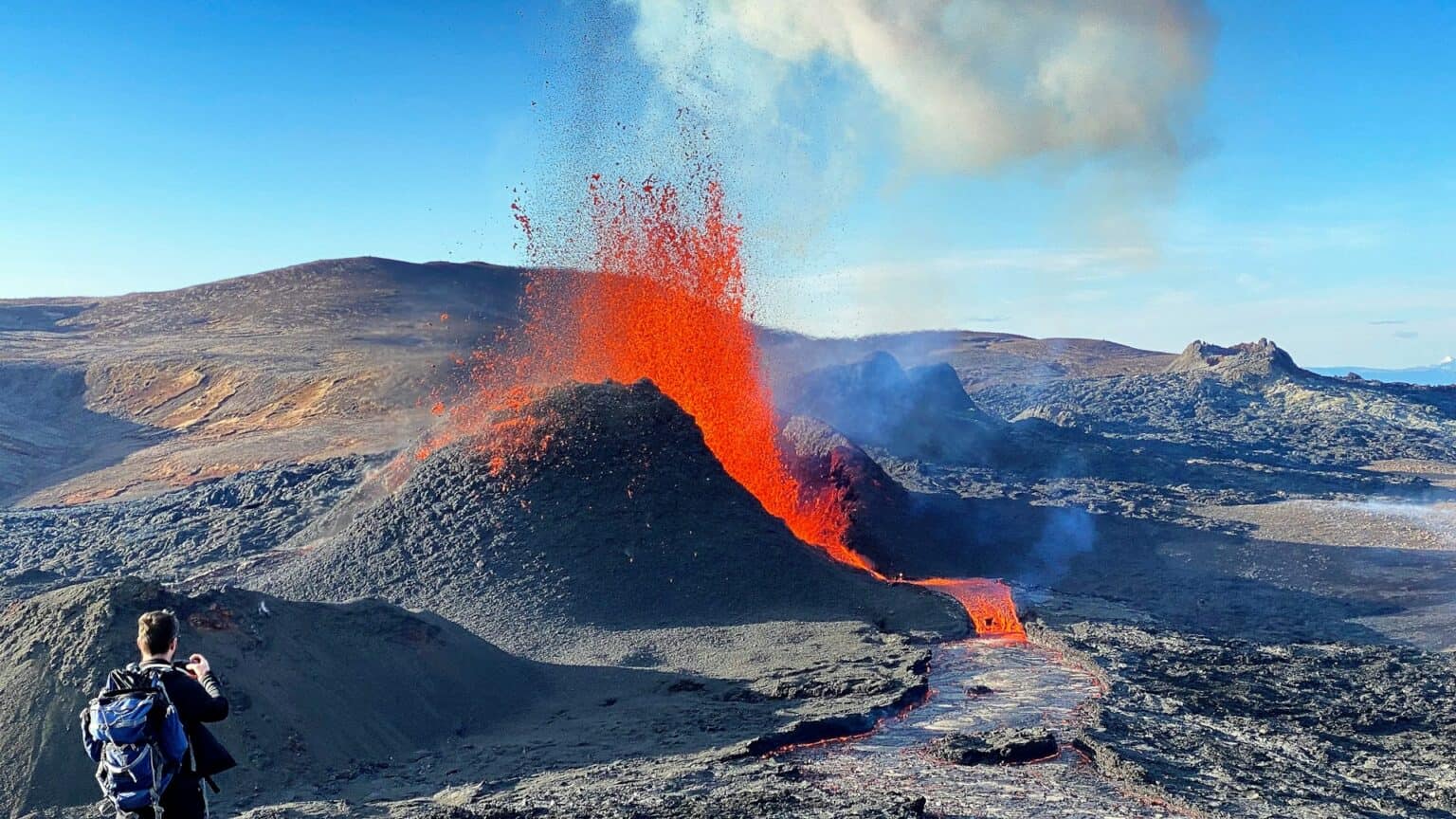Drama Queens.
That’s what I once heard my grandfather call volcanoes.
Growing up in Auckland and surrounded by over 50 volcanoes, they were a constant part of our lives and landscapes, and both my parents could proudly point to the peak in the city under which they were raised: Owiraka for my father, Maungakiekie for my mother.
The nearest active volcano, Mt. Ruapehu, was three hours away from where I was raised, but the island of Rangitoto in the Waitemata Harbour always loomed large on my personal horizon. It was quiet and dormant, but not dead – its stark silhouette was a reminder of New Zealand’s fiery origins and held symbolic presence in my young psyche as something both beautiful and sinister.
I climbed Rangitoto on a school trip when I was ten, and I remember even at that early age sensing its powerful presence underfoot, plus an awareness of my own life force because at the summit I knew that I would be at least a meter higher than it was. Kim 1 – Volcano 0, I had conquered Rangitoto.
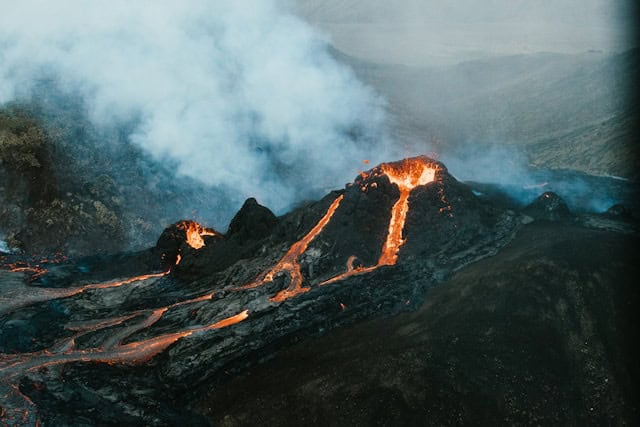
Vacation Interrupted
For most of my life, Eyjafjallajökull was just one more unpronounceable Icelandic word. It wasn’t until I was stranded in Lanzarote for five days, glued to TV reports of ash clouds and travel updates, that I became all too familiar with this volcano and its impact on global travel. The eruption of Eyjafjallajökull in 2010 is a classic example of how volcanic activity can leave most of the world’s air traffic grounded, highlighting the long-reaching effects of volcanic eruptions.
It wasn’t only passengers that were stranded. One hundred thousand cancelled flights also meant cargo, mail, essential components for industry, medical supplies, and a host of other time-critical goods were held hostage until Civil Aviation Authorities ruled that less than 0.2 milligrams per cubic meter of volcanic ash were present in the atmosphere and flights could resume.
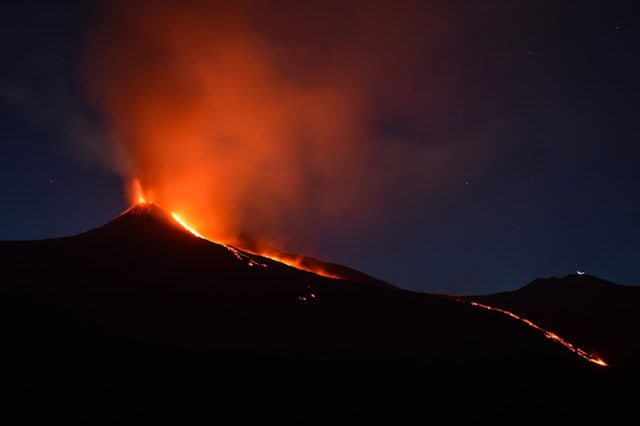
Vacation Interrupted (Again)
Then, I was stranded in Malta a few weeks ago because another Drama Queen was holding me to airport lounge time I had not planned for. During July, an eruption of Mount Etna in Sicily caused significant ashfall, partially closing Catania-Fontanarossa Airport and leading to delays and cancellations in the region. At the same time, heightened activity at Stromboli sent ash plumes and lava into the air, raising the alert level to Red and causing disruption to other local flights.
I would not go so far as to say that my travel life is vexed by volcanoes – it’s just that these incidents serve as a reminder of how volcanic eruptions can take even the best travel plans and turn them on their heads without notice, and it is completely random whether you will be affected by one.
The scoreboard now read Kim 1 – Volcanoes 2.
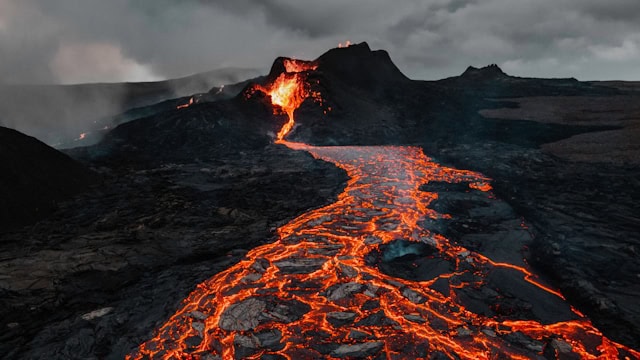
Volcanic attraction
Is there something wrong in choosing to live in the shadow of a volcano? I was one of millions of people living on or near one of 1,500 active volcanoes across 81 countries, and in hindsight, they’re just viewed as a hindrance in the same way traffic jams or severe weather are to other locations.
It’s when they’re active; rumbling, shaking, smoking, flowing, and spewing, that controversy looms. If foreign hordes flood in for the thrill of witnessing fiery destruction, then that morbid curiosity can be seen as voyeuristic, reducing the profound loss and suffering of those affected to mere spectacle.
Iceland, with its geysers and lava fields, has recently been claimed as a prime destination when it comes to attracting people fascinated by violent volcanic events. When Fagradalsfjall erupted in March 2021, thousands rushed to the Geldingadalur valley to get closer to the furious lava flows and witness a live spectacle of nature’s wrath. The images are iconic – some optically illude viewers into believing that spectators are meters from the flows of glowing lava when they’re kilometres away.
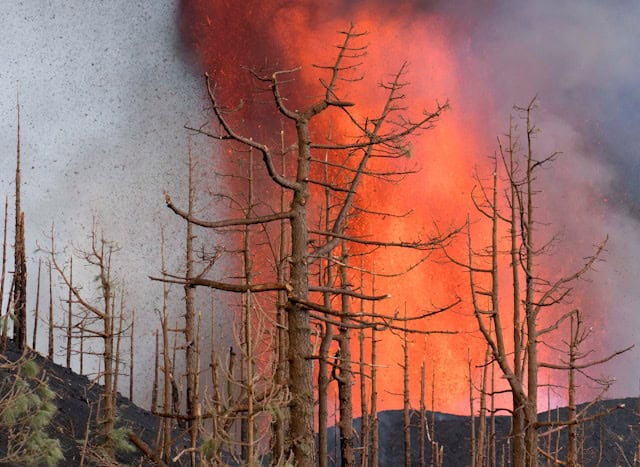
The dark side of volcano tourism
Hawaii’s volcanic landscape has a similar macabre allure, with onlookers entranced by the spectacle of the burning red fingers of molten lava flowing from Kilauea – destructive and relentlessly cruel in the way it consumes the lands in its path until it picks a fight with a stronger foe, the Pacific Ocean. In 2018, when Kilauea’s eruptions caused the destruction of 600 homes as well as farms and roads, fires were still burning as tourism went up on the island of Hawaii, with residents protesting that tourism and hospitality companies were exploiting their losses and hardships.
Tourism on La Palma did not completely come to a halt during the 2021 volcanic eruption of Cumbre Vieja. Although this eruption caused a huge dent in the economy with flight cancellations and evacuations of visitors, it also inspired its own form of volcanic tourism. Many tourists specifically came to the island by ferry with the intention of seeing the eruptions and devastation. Tour operators rapidly organised excursions, and some hotels kept their doors open to clients. While the curious crowd brought much-needed business, the opinion of civil defence and emergency services was that extra bodies in sensitive areas were a hindrance to saving property and maintaining order.
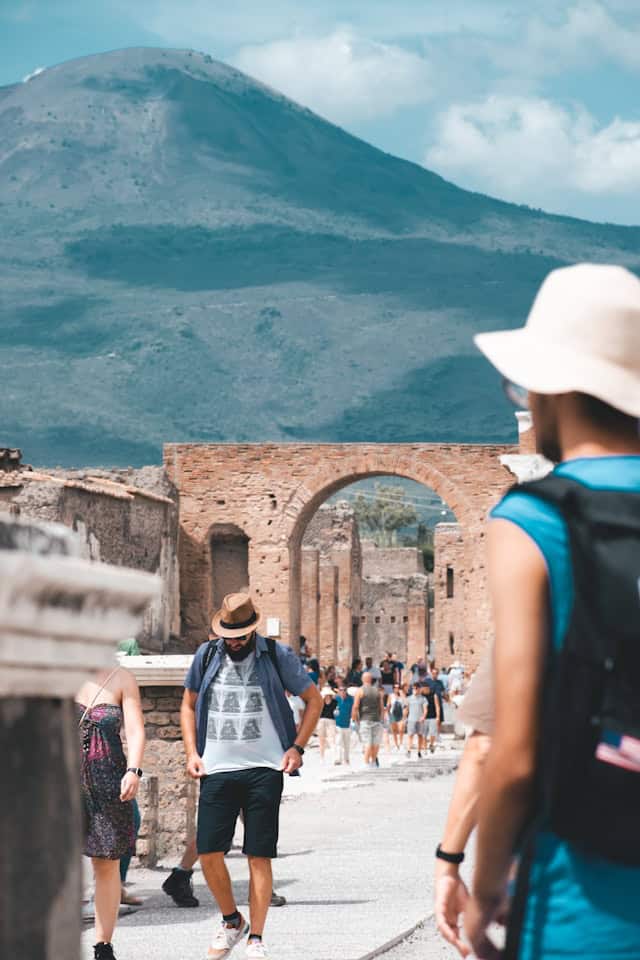
Historically, Italy’s Mount Vesuvius is the ultimate symbol of a crude fascination with destructive eruptions. Millions have wandered into Pompeii to see firsthand the chilling sights of the people, animals, and buildings captured in death poses as boiling volcanic ash encased them. Their suffering is frozen and on display, and a constant reminder that Vesuvius, which dominates the Gulf of Naples, isn’t dead and is overdue its next cataclysmic event.
A volcanic paradox
With their dual nature of creation and destruction, volcanoes represent powerful reminders of the Earth’s dynamic and often unpredictable character. They are both the architects of incredible landscapes and the harbingers of sudden, devastating change. For tourists, the allure of witnessing these natural phenomena up close is irresistible, offering a chance to connect with the raw power of the planet. Yet this fascination comes with a nod to humanity – to respect the lives and homes of those living in these volatile regions.
Kiwi Chronicles: Navigating New Zealand’s cultural landscape
